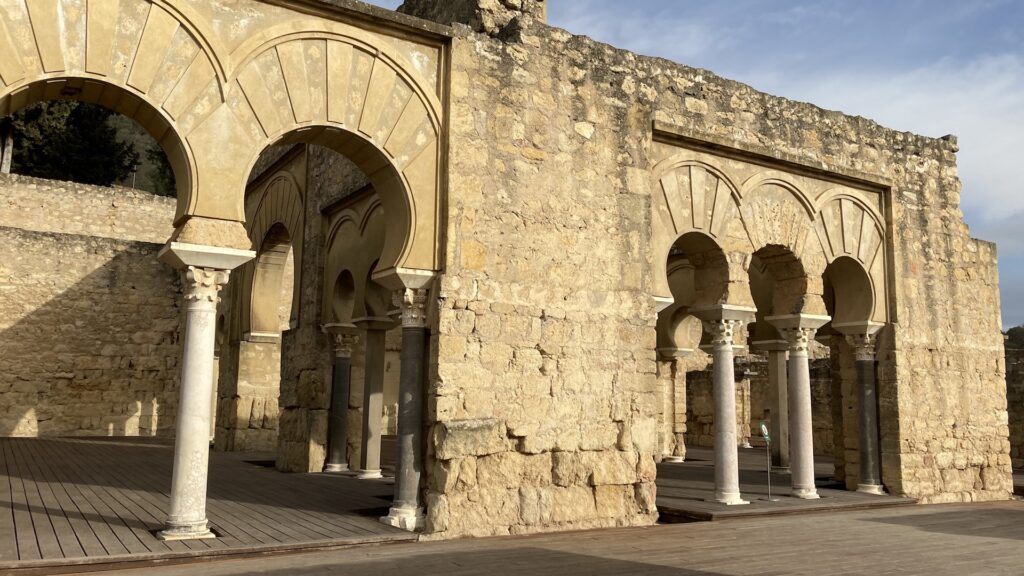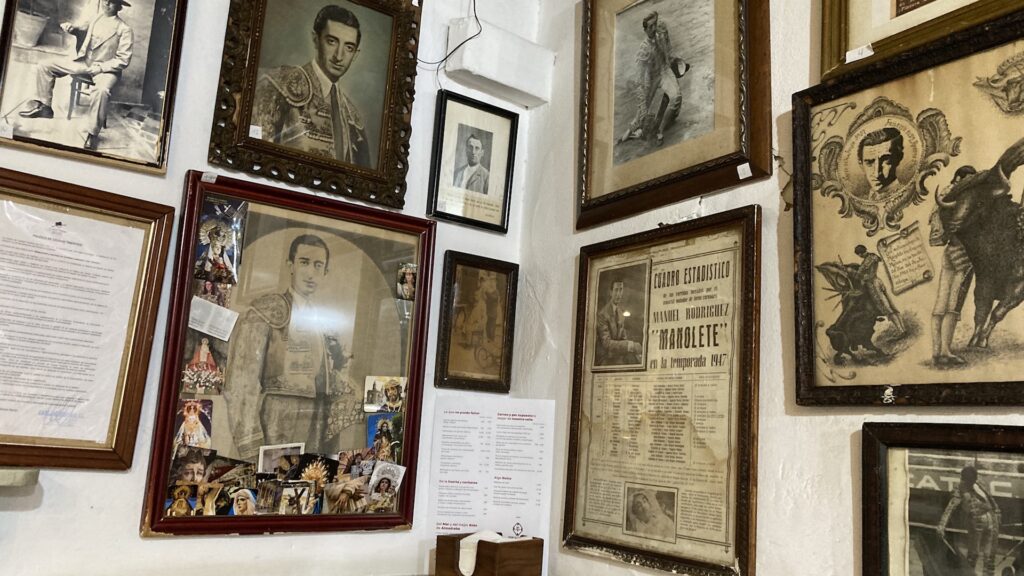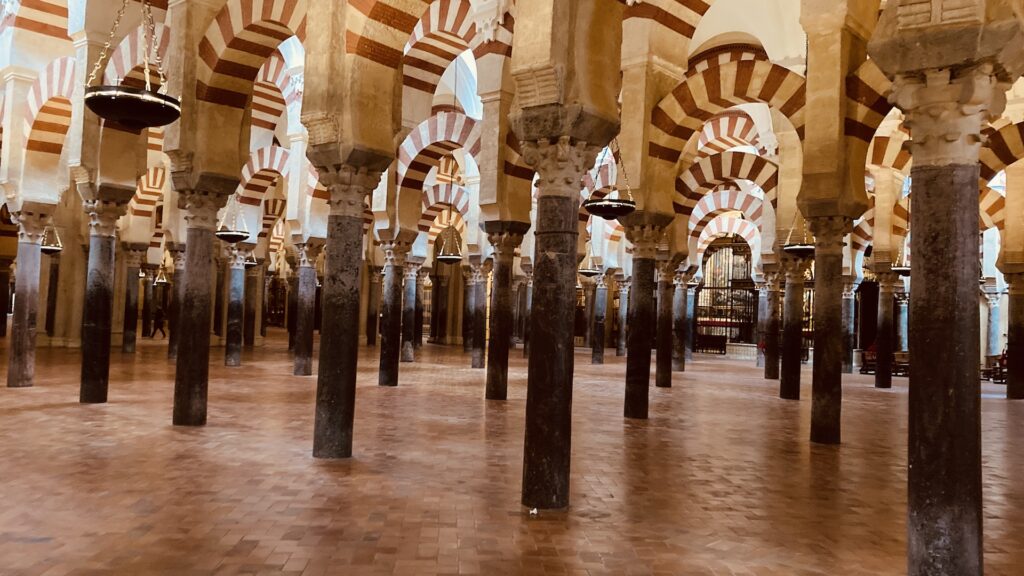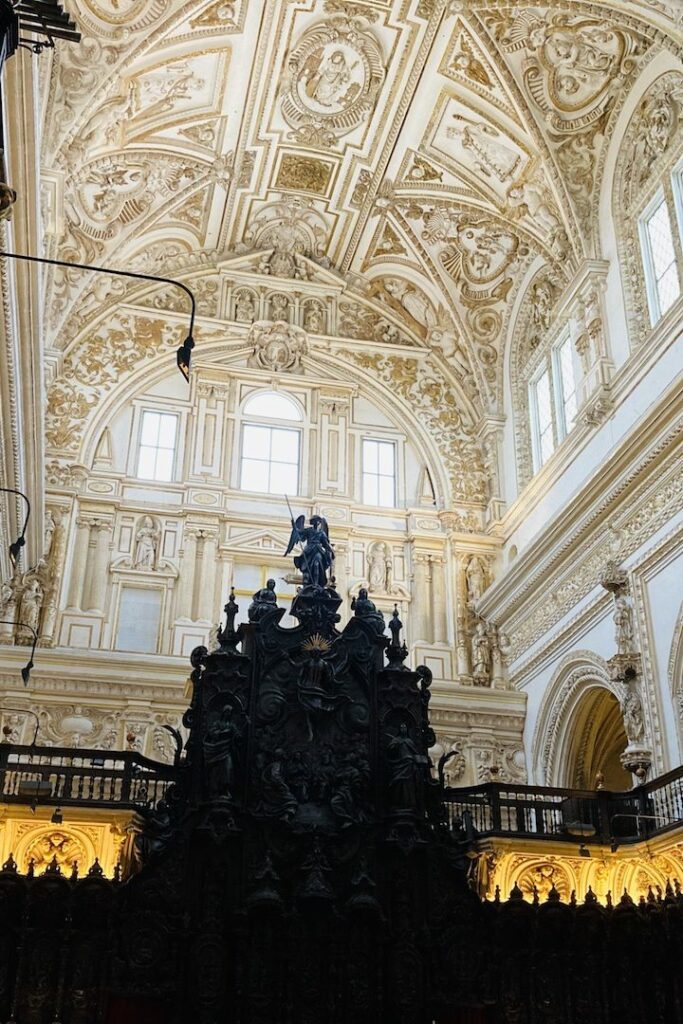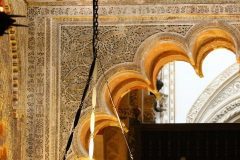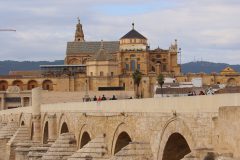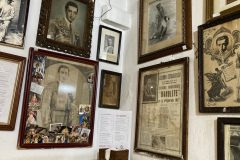Once Upon A Time: Al Andalus
A day trip to wander at the glory and splendor of the golden age of Andalucia.
Travel to Cordoba for a day trip to see the Mosque/ Cathedral , the palatial ruins of Medinat Al Zahra and the Jewish district, among others.

WE SUGGEST AN EARLY DEPARTURE, THE LATEST 8 AM.
WE SHALL RETURN TO GRANADA LATE AFTERNOON/ EVENING.
BEST TIME OF YEAR: ALL YEAR ROUND, EXCEPT JULY AND AUGUST..
PRICE: 75 EUROS PER PERSON WHEN 2 PERSONS TRAVELING;
65 EUROS PER PERSON WHEN 3 PERSONS TRAVELING;
Let us craft something unique for you in Andalusia today !
We can help you fit your stay and experience within your allotted budget.
